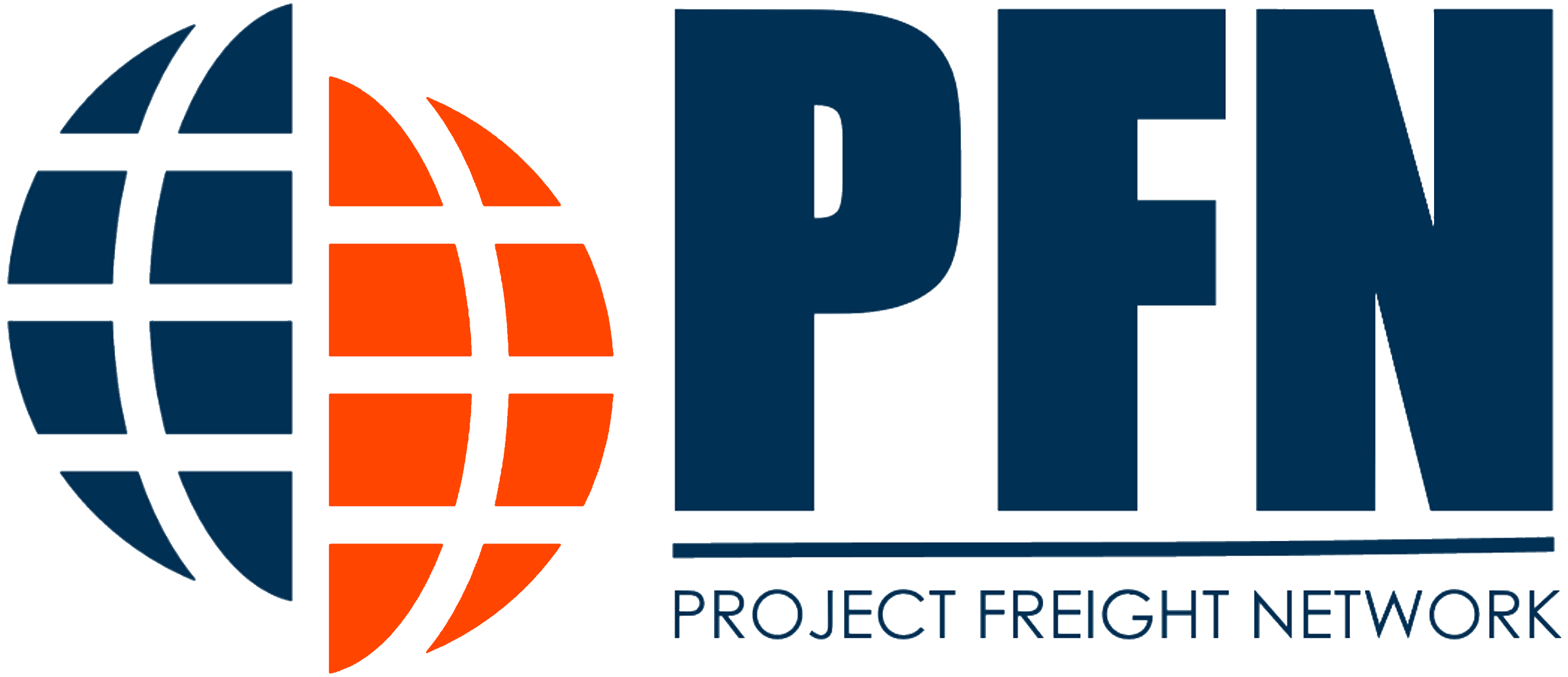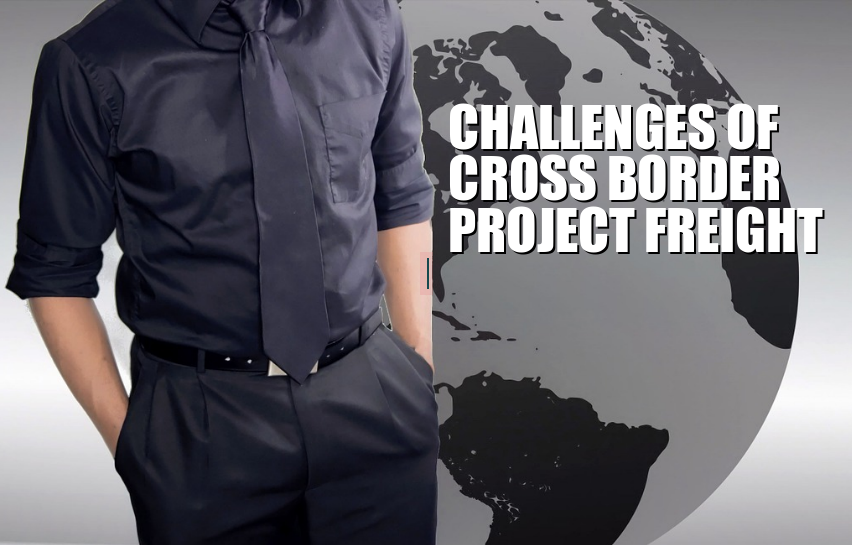Cross-border project freight refers to the transportation of goods and materials across international borders for large-scale projects such as infrastructure development, energy production, and mining operations. While these projects offer immense economic opportunities, they also pose significant challenges, from regulatory compliance to logistics coordination. In this article, we explore the challenges of cross-border project freight and strategies for managing them, along with case studies of successful projects.
The Challenges of Cross-Border Project Freight
Complex Regulations
International trade regulations can be complex and vary significantly across countries, making it challenging to ensure compliance with all the relevant rules and regulations. Different countries may have varying customs procedures, import/export requirements, and tax regimes. Furthermore, the regulatory environment can change rapidly, requiring close monitoring and timely adaptation.
Language and Cultural Differences
Cross-border projects often involve dealing with people from diverse cultures and languages. Misunderstandings arising from language barriers and cultural differences can lead to delays, conflicts, and reduced project success. Building effective communication channels and understanding the cultural nuances of different stakeholders is critical.
Logistics Infrastructure
Cross-border transportation requires extensive logistics infrastructure, including ports, roads, railways, and airports. Developing and maintaining this infrastructure can be costly and time-consuming. Additionally, the logistics infrastructure may not be compatible or aligned with the project’s requirements, leading to bottlenecks, delays, and inefficiencies.
Security Issues
Cross-border projects often involve transporting high-value goods, materials, and equipment, making them vulnerable to theft, piracy, and other security threats. Mitigating these threats requires robust security measures, including tracking, monitoring, and risk assessment.
Budget Constraints
Cross-border projects can be expensive due to the costs of transportation, logistics, infrastructure development, and compliance. Limited budgets can constrain project success and require innovative financing strategies, such as public-private partnerships or alternative financing mechanisms.
Time Constraints
Cross-border projects often operate on tight timelines, requiring efficient logistics coordination, communication, and risk management. Unforeseen delays can lead to significant costs, project delays, and reputational damage.
Strategies for Managing Cross-Border Project Freight Challenges
Building Relationships with Local Stakeholders
Building strong relationships with local stakeholders, including governments, communities, and suppliers, is critical for successful cross-border project freight management. Local stakeholders can provide valuable insights into the regulatory environment, cultural context, and logistics infrastructure, and offer support and cooperation.
Becoming a member of the Project Freight Network (PFN) organization is bringing all this. A network organization with exclusive members (one member per country), and with members that have the local know how and expertise
Leveraging Technology
Technology can play a vital role in managing cross-border project freight, from tracking and monitoring shipments to streamlining customs procedures and logistics coordination. Technologies such as IoT, blockchain, and AI can enhance supply chain visibility, reduce costs, and increase efficiency.
Communication and Collaboration
Effective communication and collaboration are essential for managing cross-border project freight. Stakeholders must communicate clearly and regularly, share information and feedback, and work together towards shared goals
Risk Assessment and Mitigation
Cross-border project freight involves inherent risks, including regulatory compliance, logistics coordination, and security threats. Conducting a thorough risk assessment and developing a robust risk mitigation plan can help mitigate these risks and minimize potential negative impacts.
Flexibility and Adaptability
Flexibility and adaptability are crucial for managing cross-border project freight. The regulatory environment, logistics infrastructure, and stakeholder needs can change rapidly, requiring a flexible and adaptive approach to project management.





